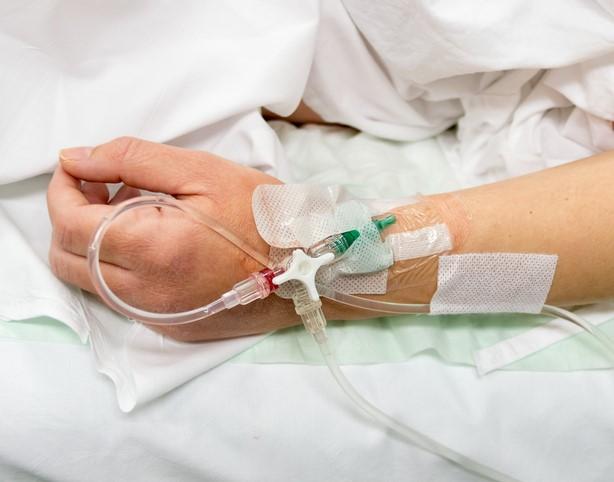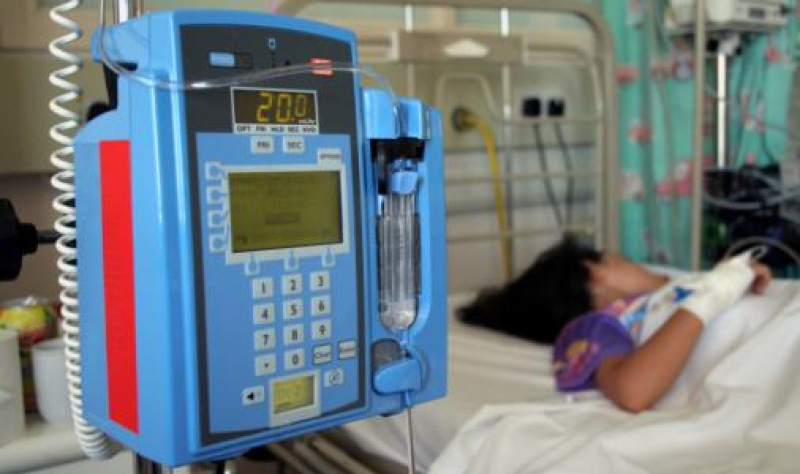China’s mass testing programs straining city finances


Under pressure from ever-more-transmissible coronavirus variants, China’s “zero covid” policy is increasingly relying on testing on a massive scale to avoid socially disruptive and economically disastrous lockdowns like the one enforced in Shanghai for most of this spring.
But the push for constant swabbing comes with its own heavy costs. Because coronavirus testing is centralized (no home tests) and is mostly publicly funded, the soaring demand for items such as testing kits and sample-collection booths has strained local government finances and created quality and corruption scandals from poorly regulated testing companies.
As problems mount, test providers are fast becoming a lightning rod for regulator scrutiny and public discontent, once again raising questions about the sustainability of the Chinese government’s determination to prevent all community spread of the disease, even as most of the world is learning to live with the virus.
“It’s pretty obvious that local governments are facing mounting fiscal pressure, with revenue falling and expenditure rising due to the recession,” said Zhao Dahai, executive director of the Shanghai Jiao Tong University-Yale Joint Center for Health Policy. “Regular testing is going to make it worse.”
The mass-testing theory goes that authorities in localities deemed at risk of a coronavirus outbreak can avoiding shutting down whole cities, the way Shanghai was, by testing everyone every few days to quickly identify affected areas for lockdown.
By avoiding citywide restrictions, mass testing is meant to be the less costly — and less unpopular — option. Officials say the idea is to catch cases earlier and to control spread sooner. Done well, it would allow local governments to keep businesses open and leave daily life uninterrupted.
Yet, many localities struggle to pay for the necessary testing build-out or do the necessary oversight for an industry that has expanded massively in a short period of time.
Last week, six government departments jointly released notices announcing “rectification” of problematic coronavirus-related medical products and testing infrastructure. The announcement came after Beijing city authorities penalized 12 testing companies over pricing and quality issues. Executives in two companies were also detained on suspicion of illegal testing, in a move that was widely interpreted as sending a signal to other companies to get their operations in order.
“I don’t think it’s just Beijing — quality problems must be more widespread in third-party coronavirus testing,” Zhao said. “When you lower standards, there will surely be more inaccuracies and quality and safety problems.”
The ability to provide free mass testing has been cited by officials as evidence of the efficiency of Chinese governance. In April, Li Jinming, deputy head of the National Center for Clinical Laboratories, told journalists that China was the only country in the world that can carry out testing at such scale, adding that China had conducted 11.5 billion tests since the start of the pandemic.
And China is far from done expanding its testing infrastructure. Vice Premier Sun Chunlan, who leads much of the day-to-day pandemic response, has urged cities facing outbreaks to ensure residents are never more than a 15-minute walk from a testing site.
All these sites cost money, however, and many municipalities are facing major budget deficits that could eventually threaten their ability to fund social services and pay public sector salaries.
Health authorities initially relied on the $534 billion state medical insurance fund to cover coronavirus expenses, which should have been ample to cover testing costs. But the National Healthcare Security Administration later clarified that only hospitalized individuals could claim testing fees, saddling local governments with the vast majority of the costs.
The Chinese leadership, too, has indicated that its hands are tied, with Premier Li Keqiang telling local governments last month during an emergency teleconference to ease fears over the economy that they shouldn’t count on the treasury to bail them out unless they are facing a major disaster.
That puts local authorities in a bind. Mounting local government debt is reaching dangerously high levels in many parts of the country, reaching 30 trillion yuan ($4.45 trillion) in 2021 for the first time, more than double 2016 levels.
The annual cost of regular coronavirus testing could run as high as $252 billion, or 1.5 percent of China’s 2021 nominal gross domestic product, if a regime of 48-hour testing were adopted across the country’s 49 biggest cities, according to an estimate by Soochow Securities. (Another more conservative estimate by Soochow put the cost at no less than $40 billion, assuming a needs-based approach was adopted.)
In a sign of financing bottlenecks, some hospitals have faced delayed or incomplete payment for their testing. A public hospital director in Xian in Shaanxi province who spoke on the condition of anonymity said in an interview that it hasn’t received payment for mass testing this year and the fees last year were not paid in full, with the government citing a tight budget for public financing.
The Economic Observer newspaper last week also published an article questioning whether it was necessary for a province with very few cases to spend an estimated $89 million to buy coronavirus testing booths, which cost about $7,000 each. The piece was later taken down.
Tight funds have also led to corners being cut, with complaints about testing booths being hastily built and badly designed and companies hiring underqualified employees.
Cao Heping, an economist at Peking University, said that amid the lack of supervision, there is a lot of profit to be made and a high risk of corruption. The proliferation of online accusations about testing-related graft suggests to Cao that there remain serious public concerns about “under-supervised companies capitalizing on a public health crisis and unaccounted-for taxpayers’ money.”
Significantly, despite the recent surge in testing demand, investors aren’t seeing the testing companies as a sound investment out of fears they are based on an unsustainable bubble created purely by what could prove a short-lived political objective.
Wang Haijiao, managing partner of Shenzhen-based GTJA Investment Group, says he has not and will not invest in the companies that only do coronavirus testing, because their profitability relies entirely on a pandemic policy that could well change.
He pointed out that facilities are often idle, waiting for the next outbreak. “Investors unanimously agreed that the pandemic is ending shortly, so we have put all covid-related profits down as one-off windfalls and never evaluated such coronavirus testing companies,” he said.
Li reported from Seoul and Shepherd reported from Taipei, Taiwan.



